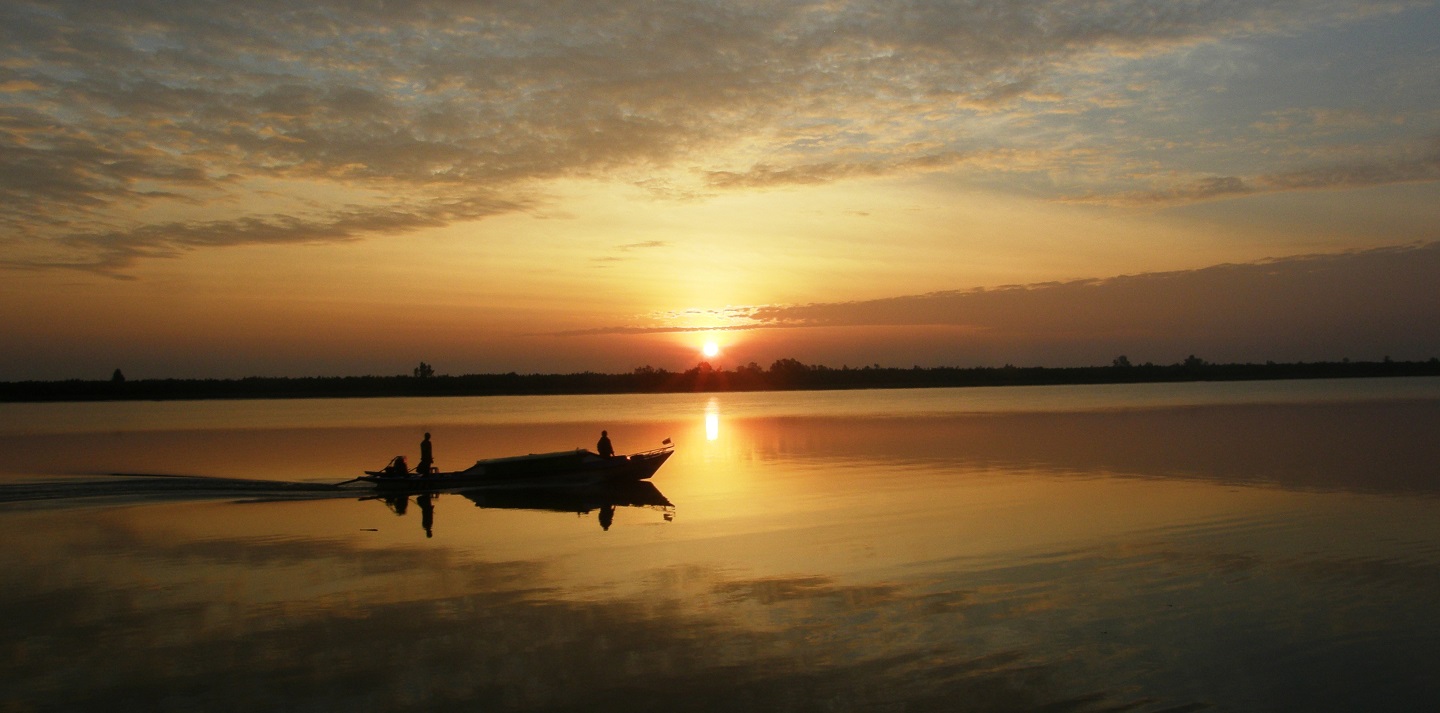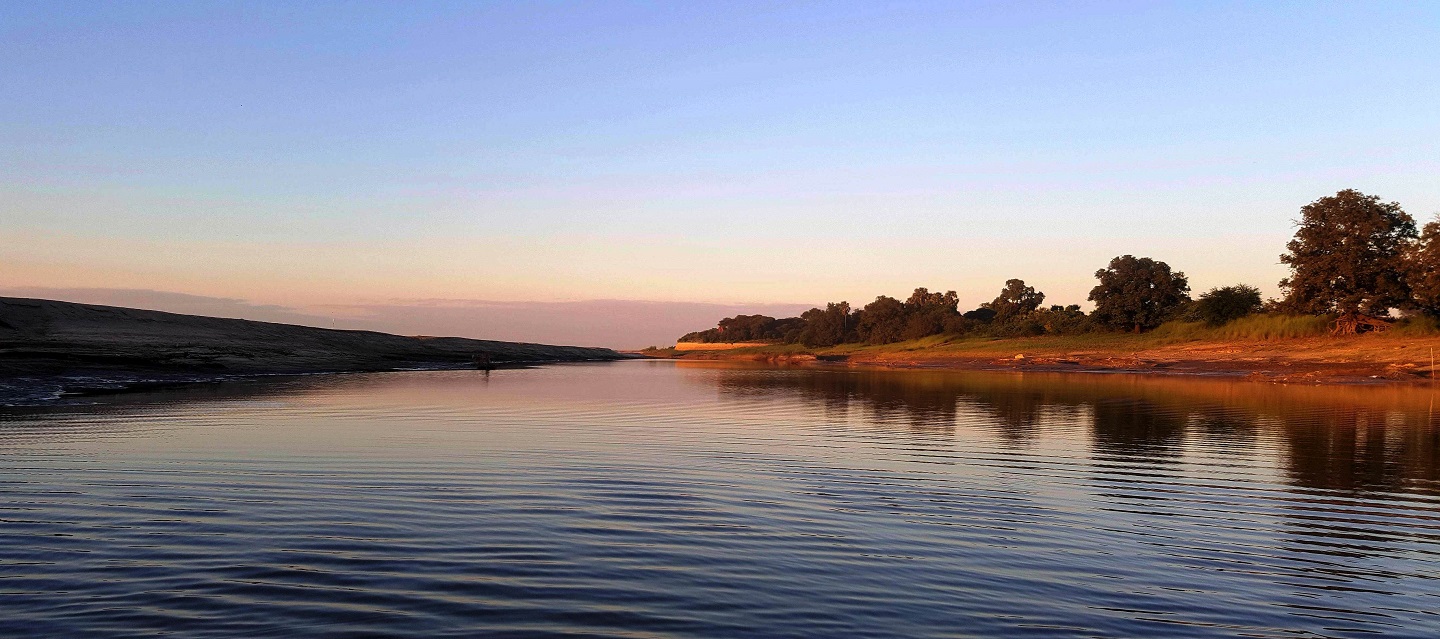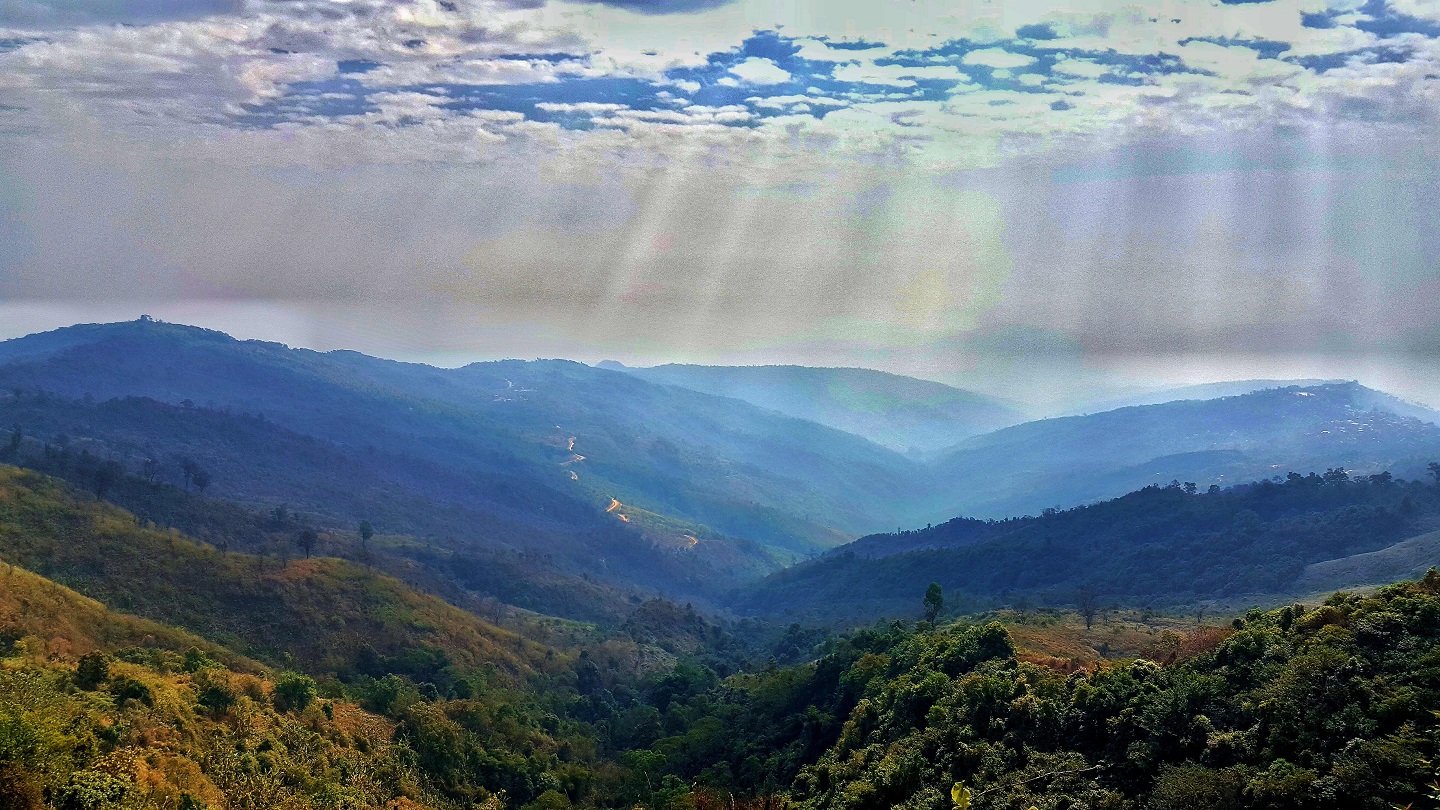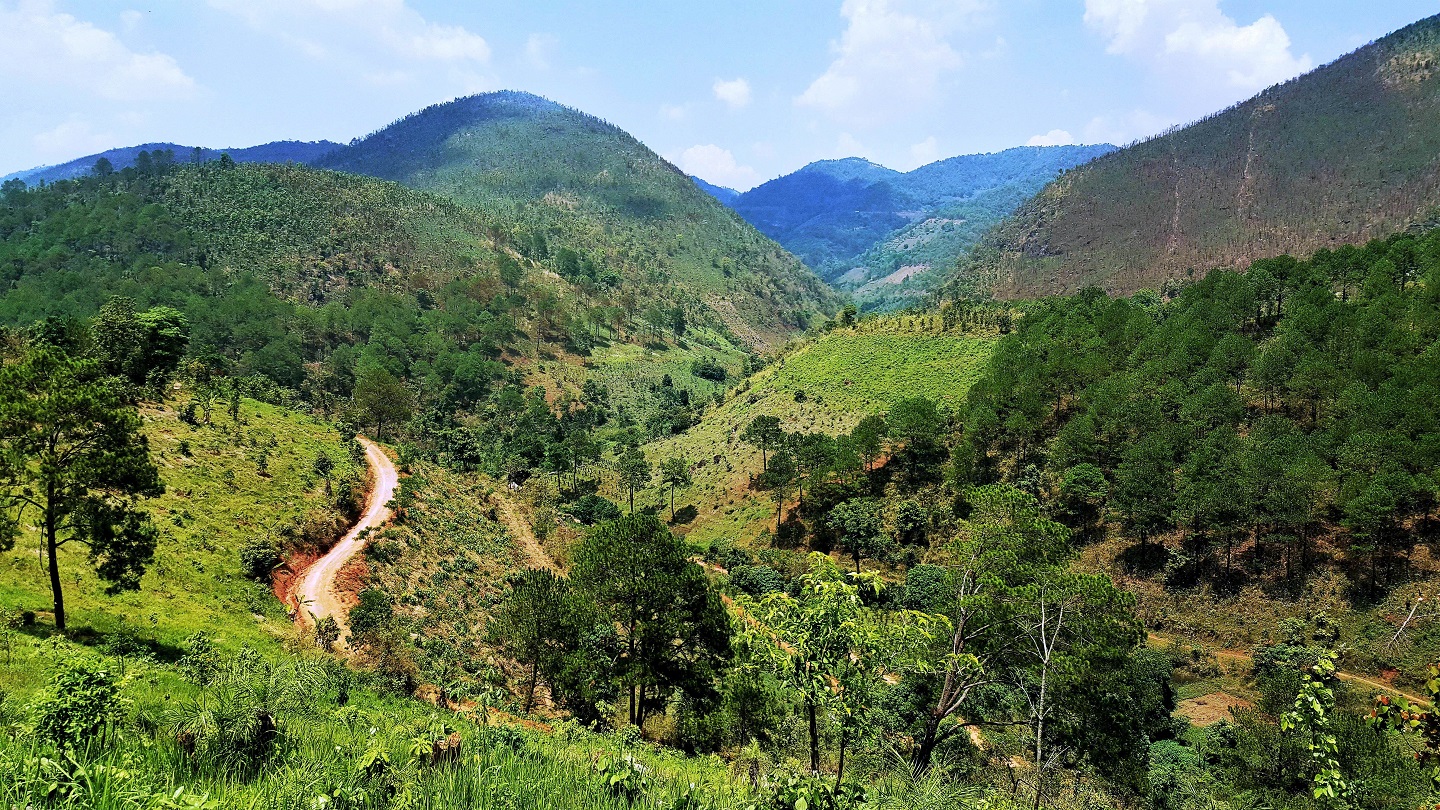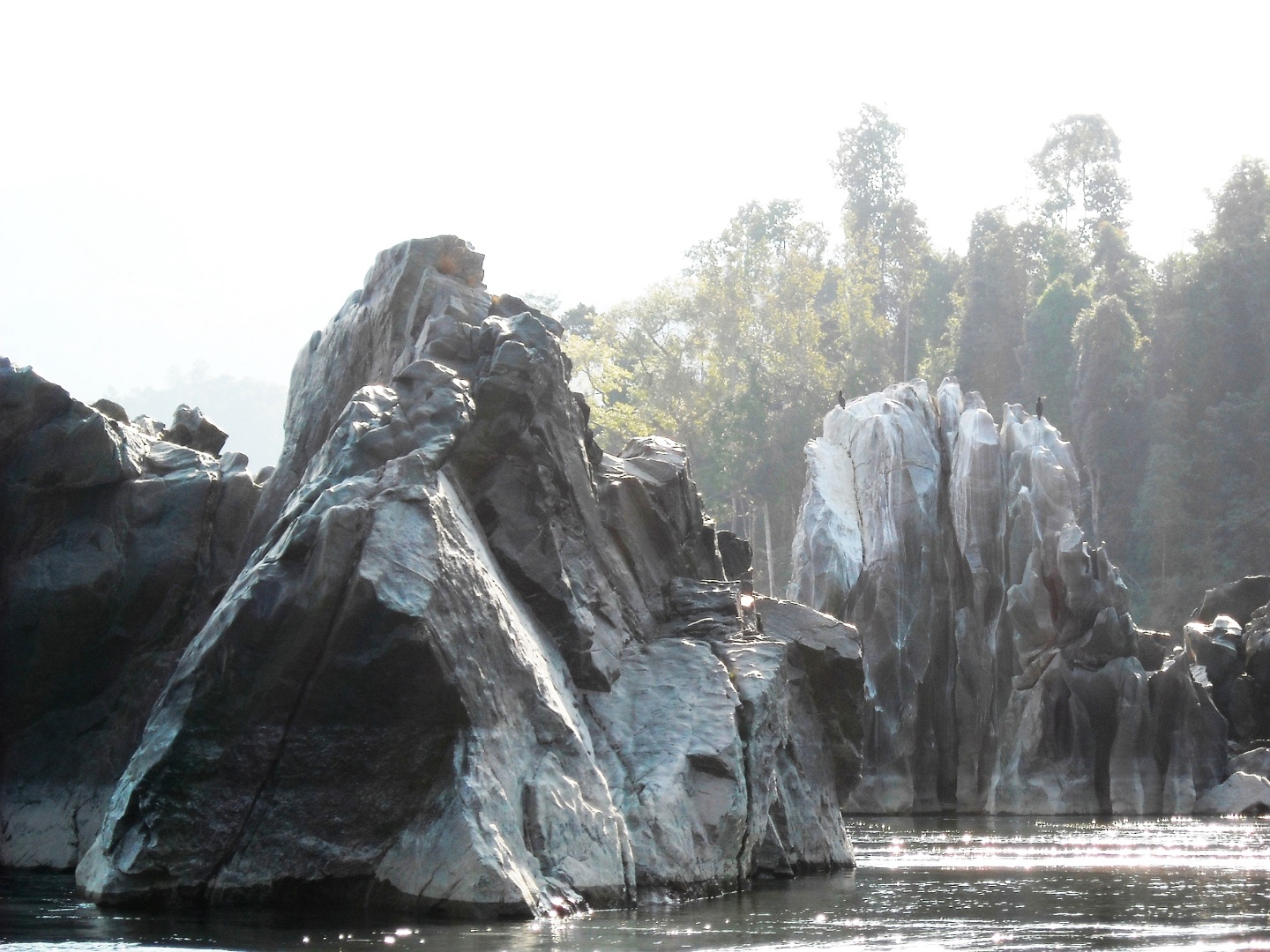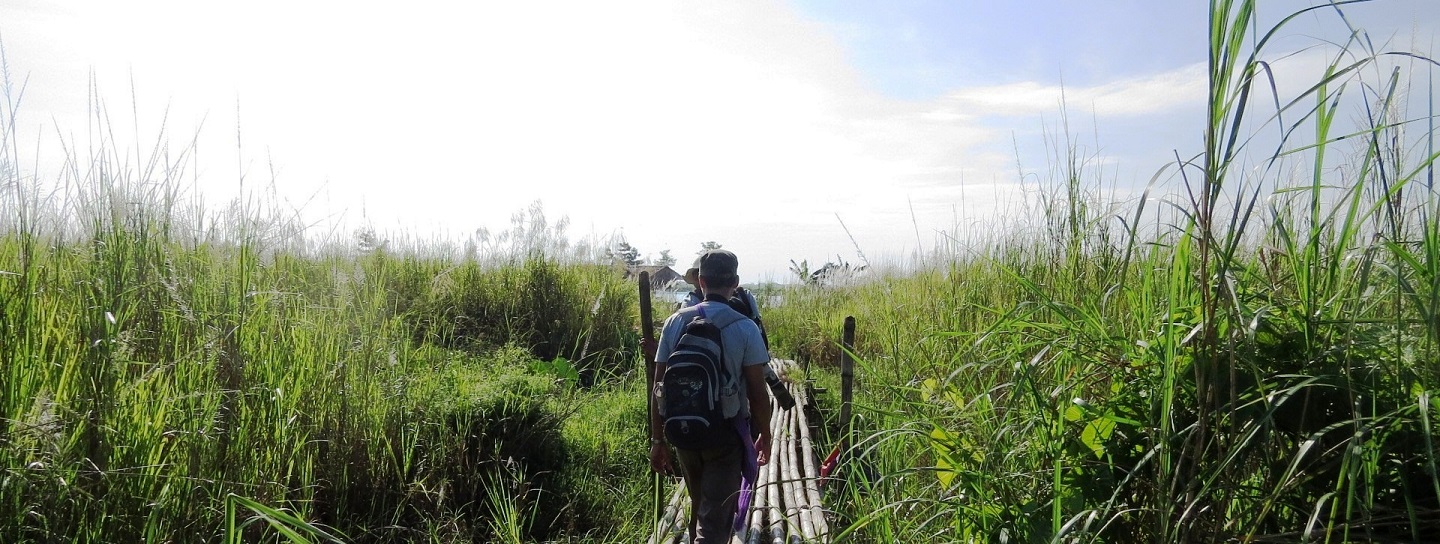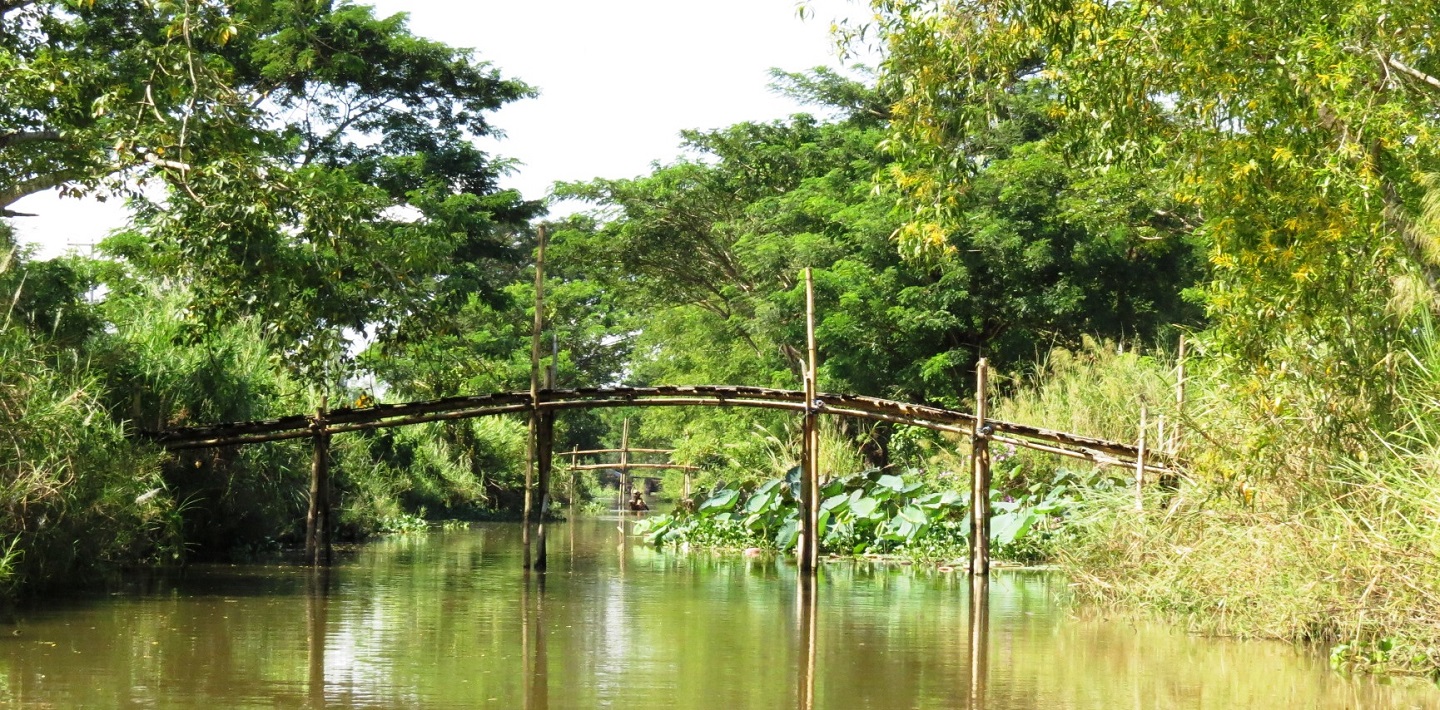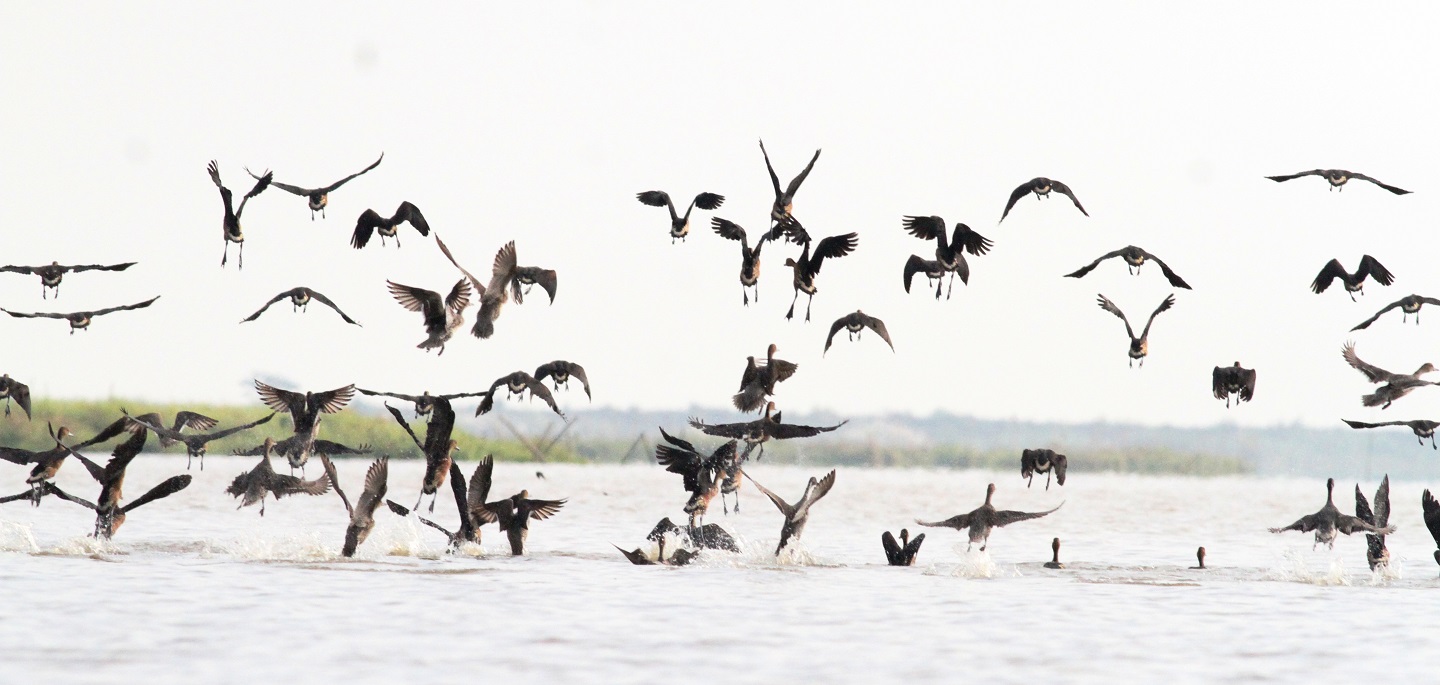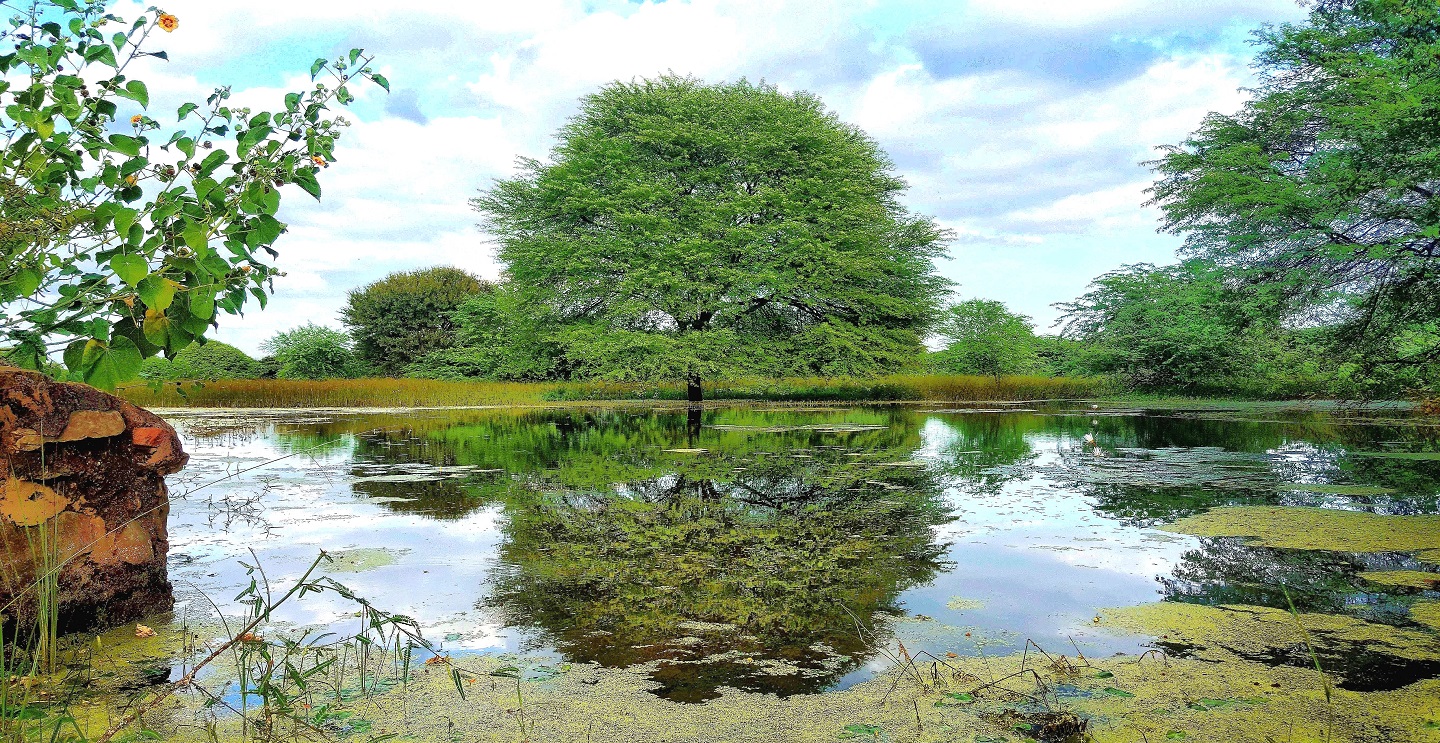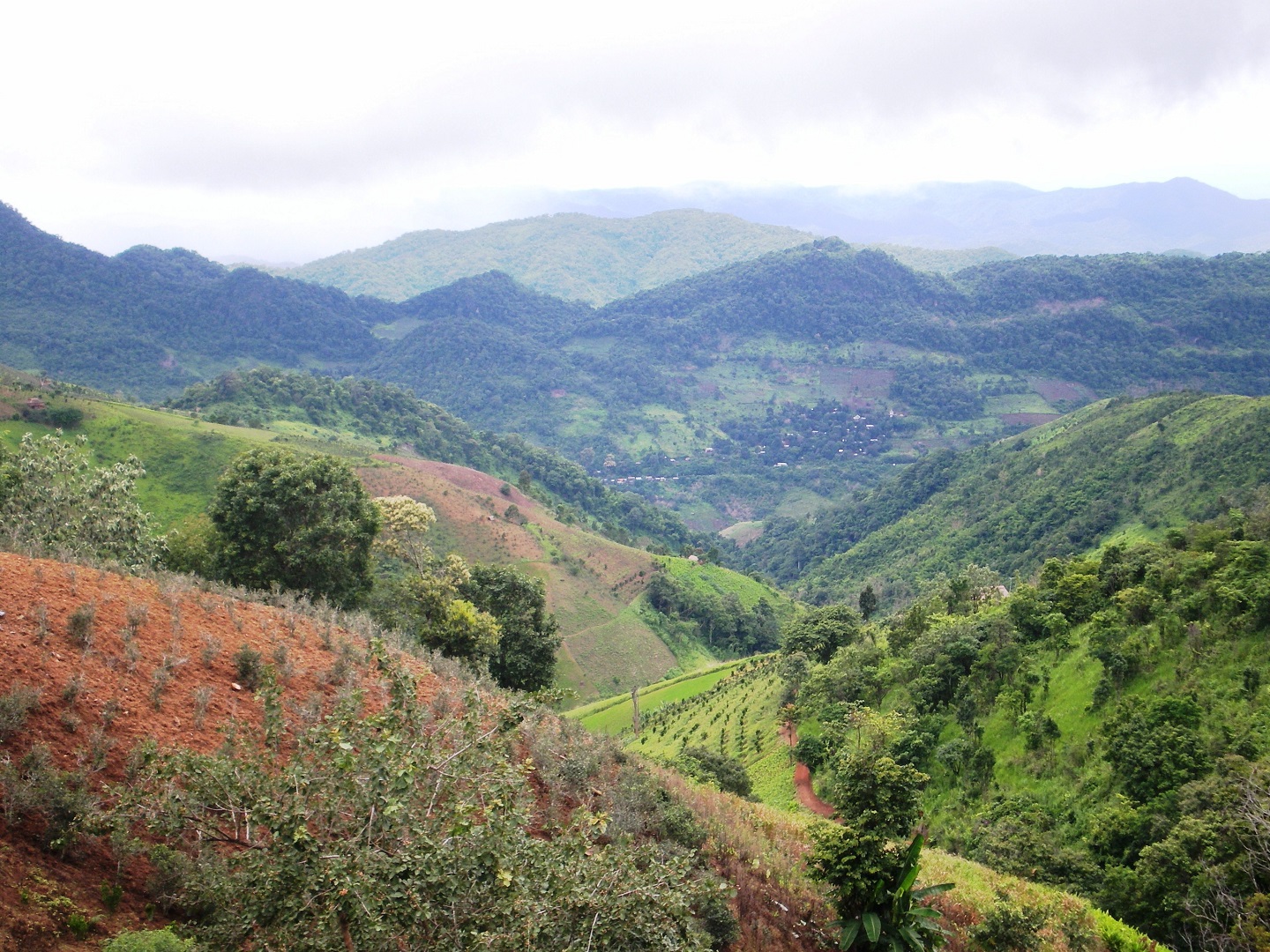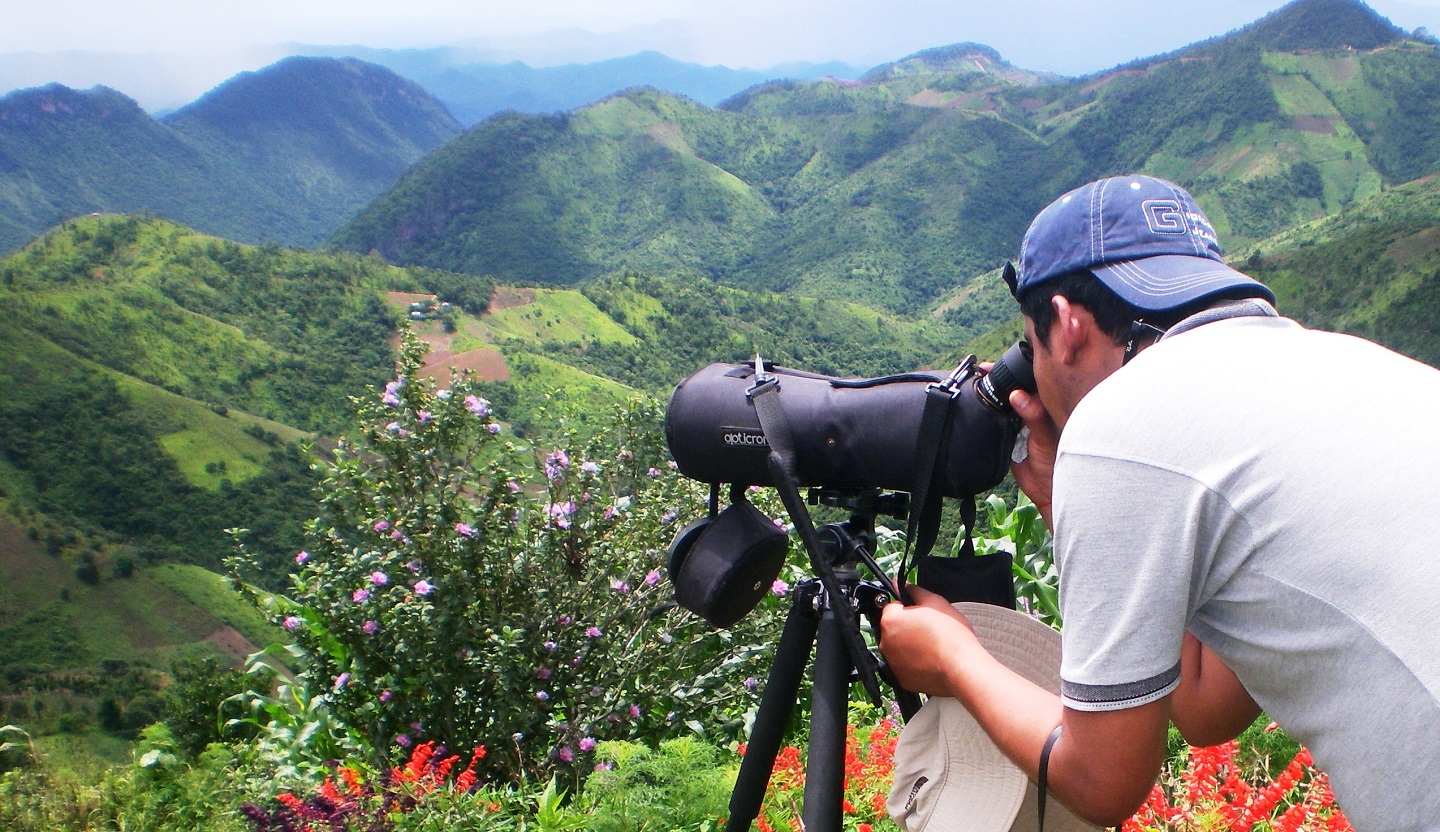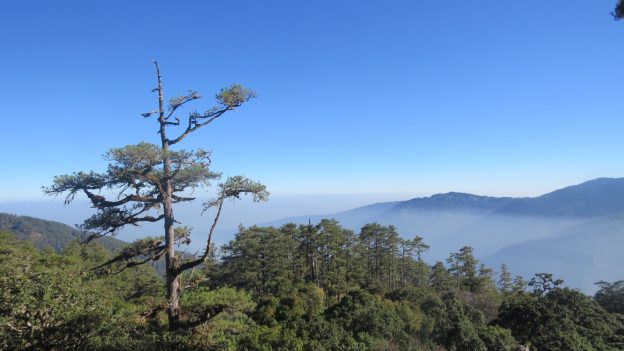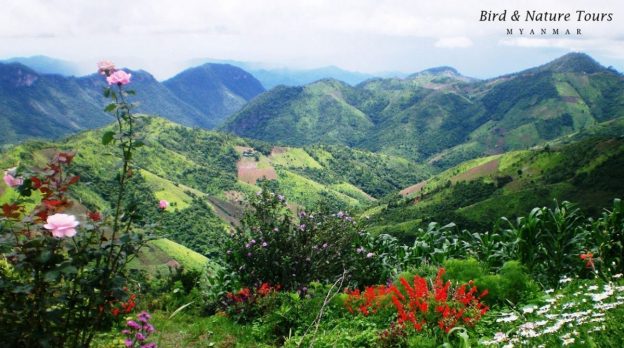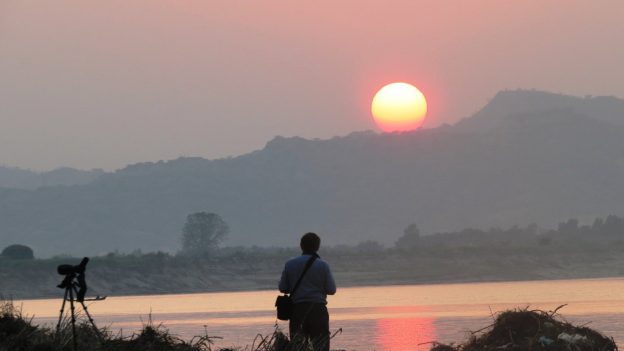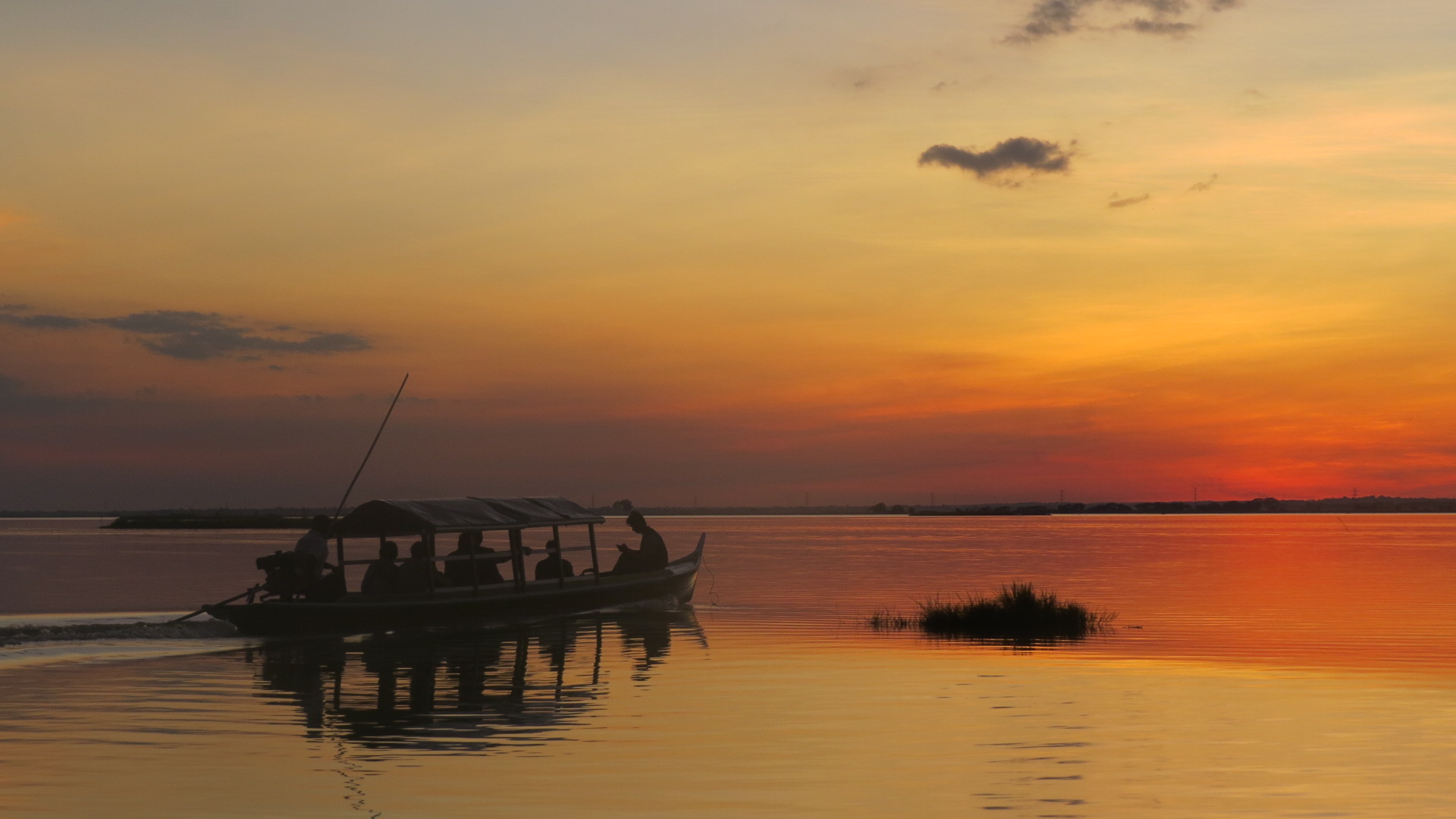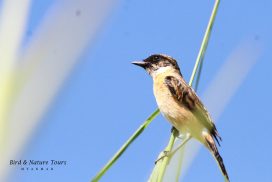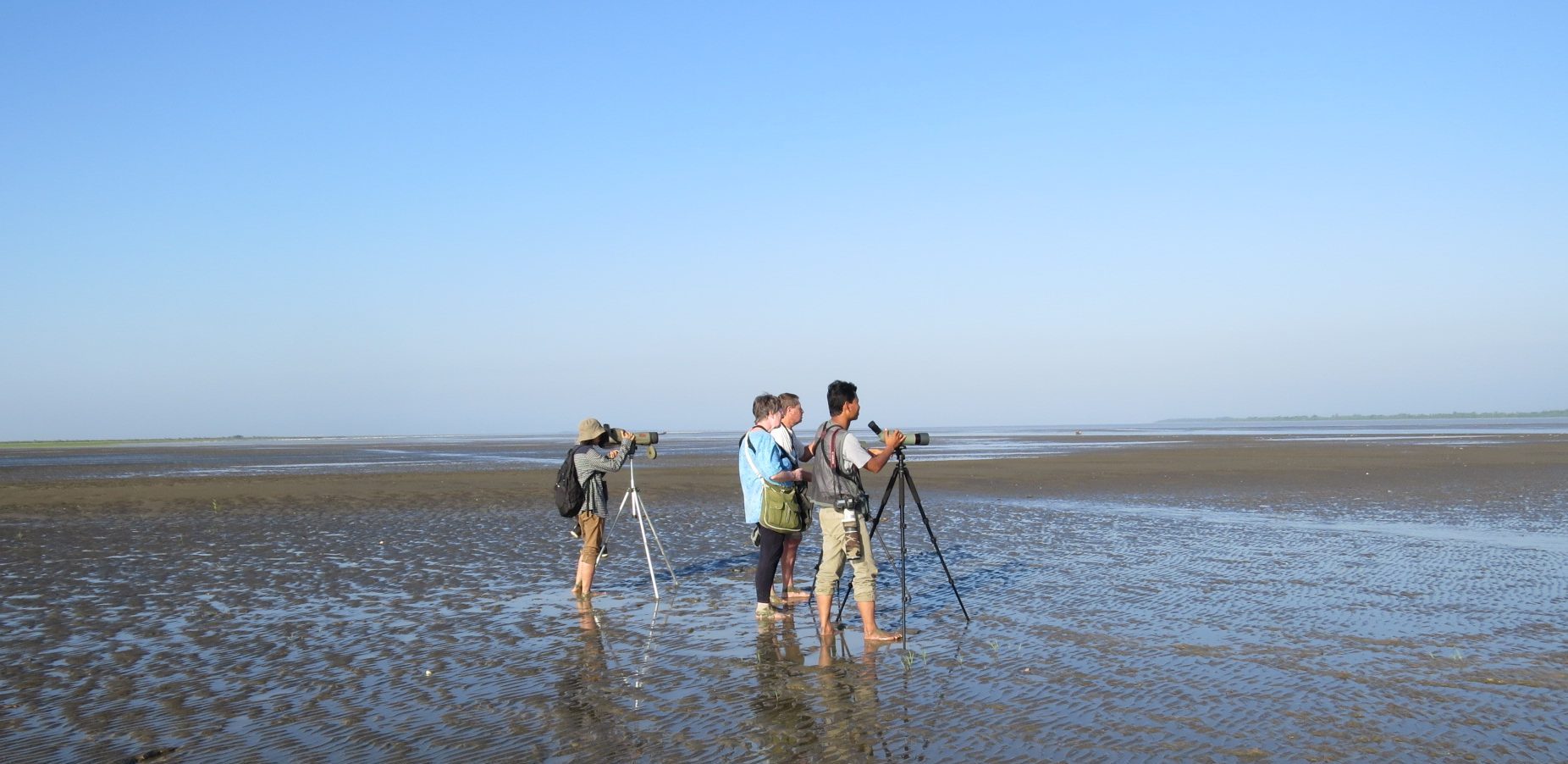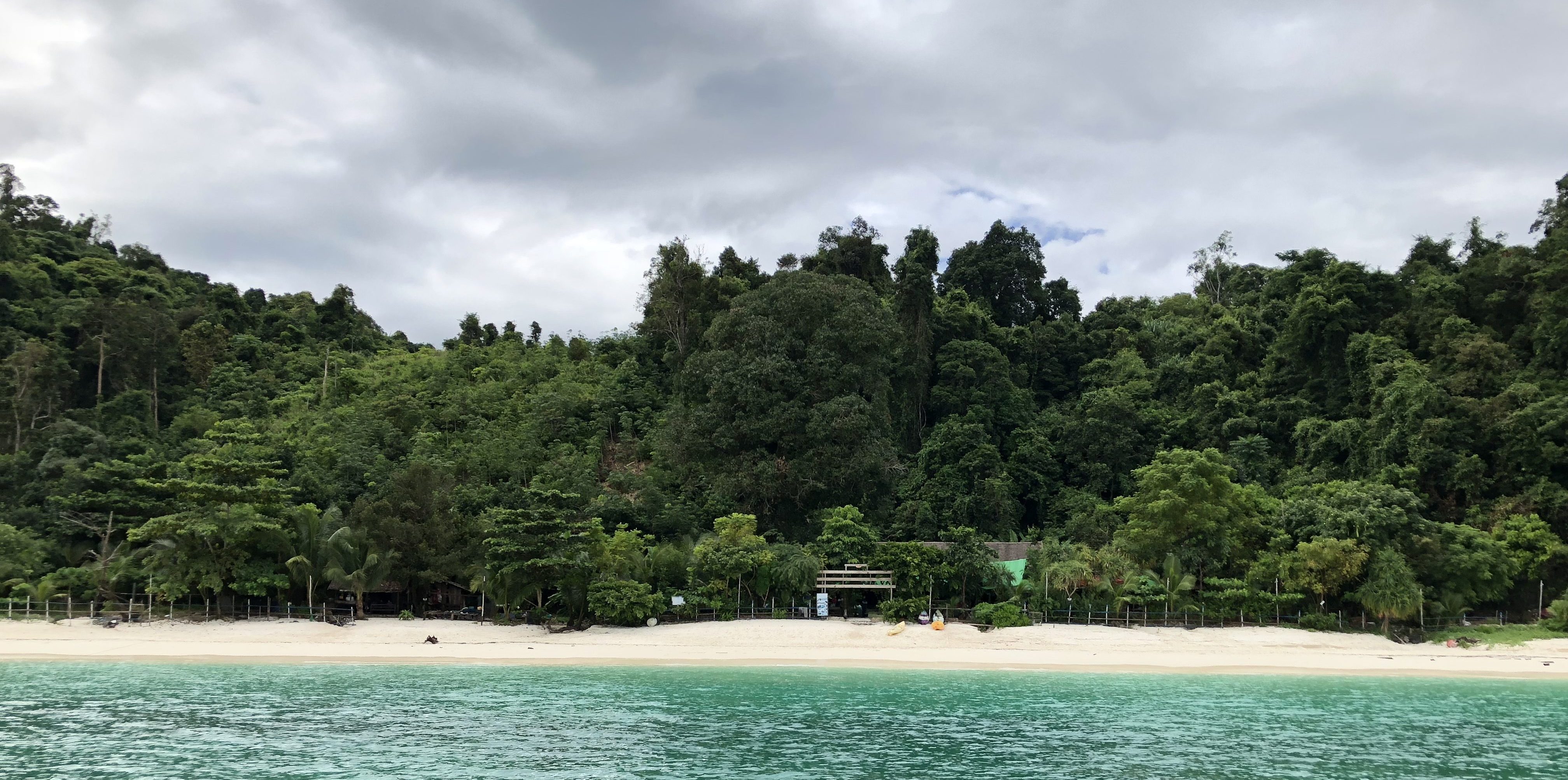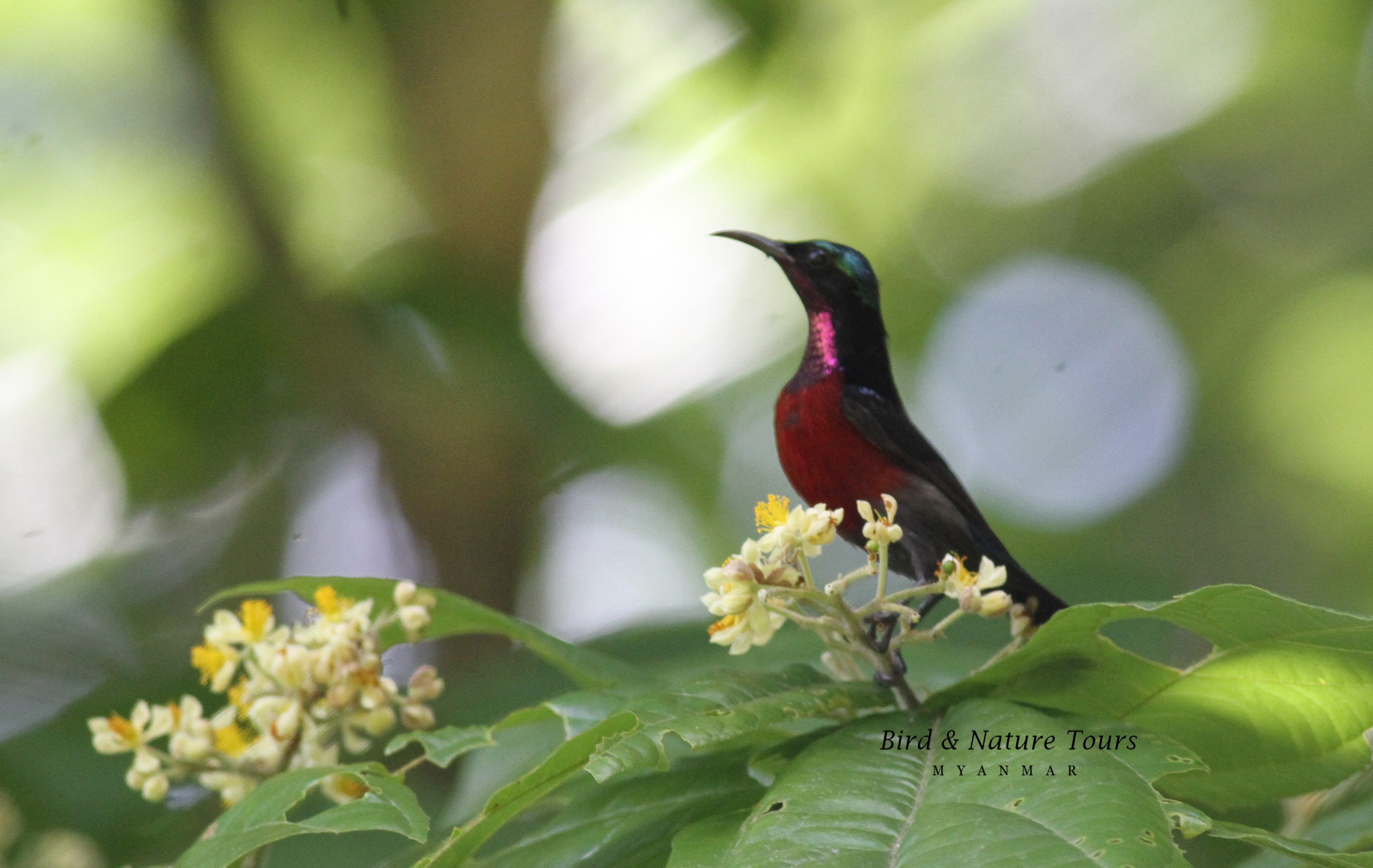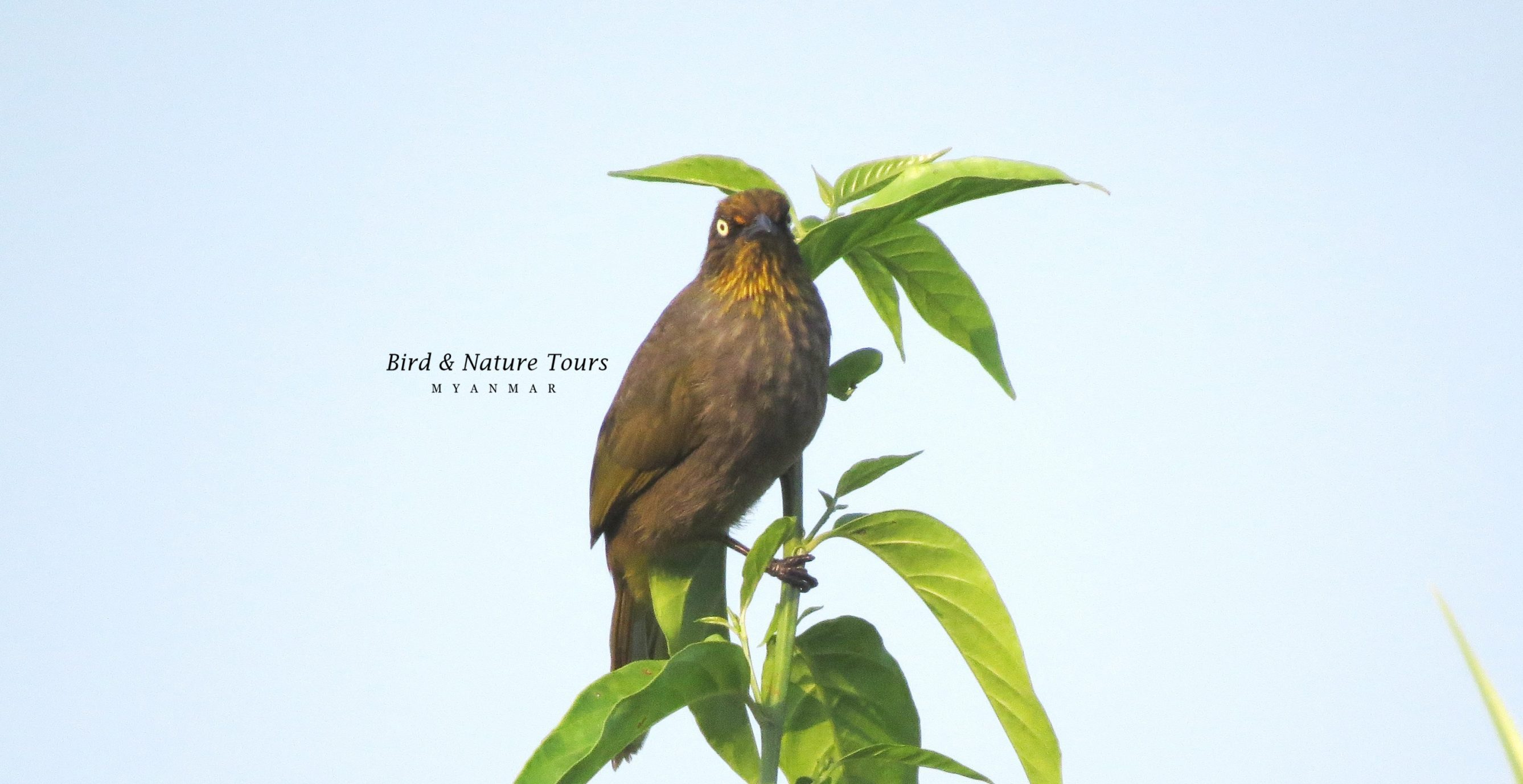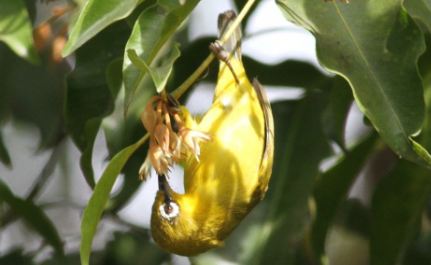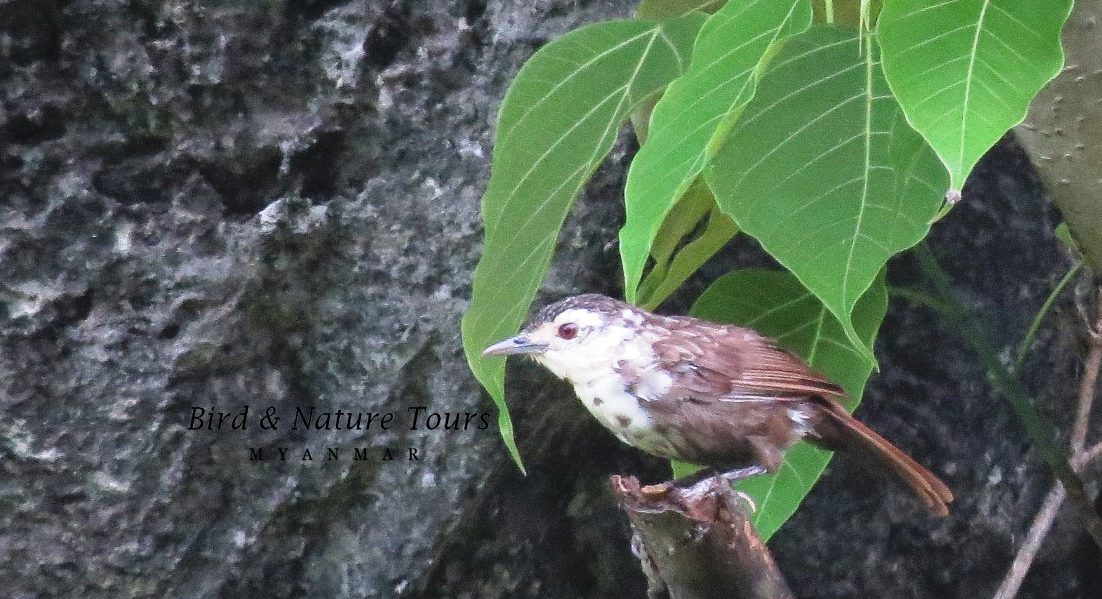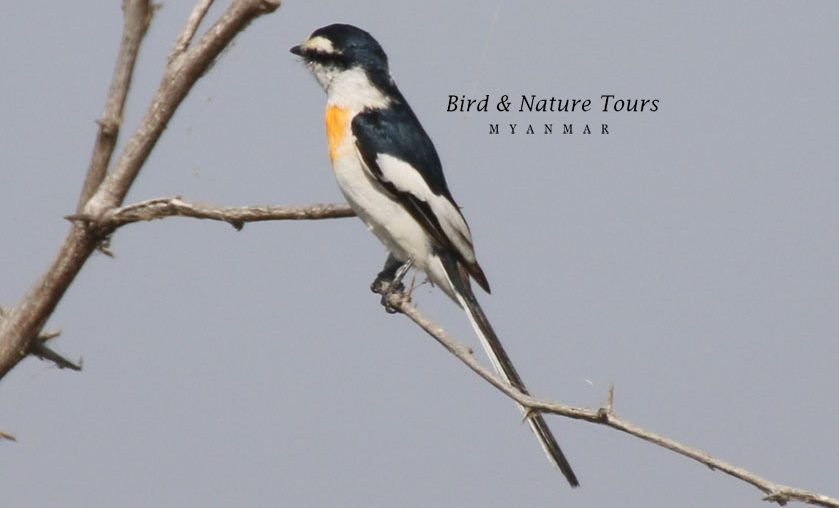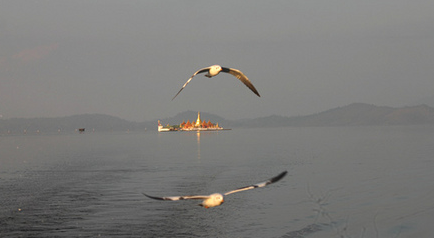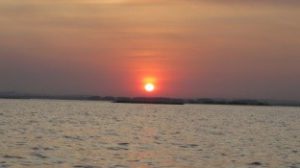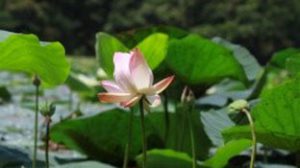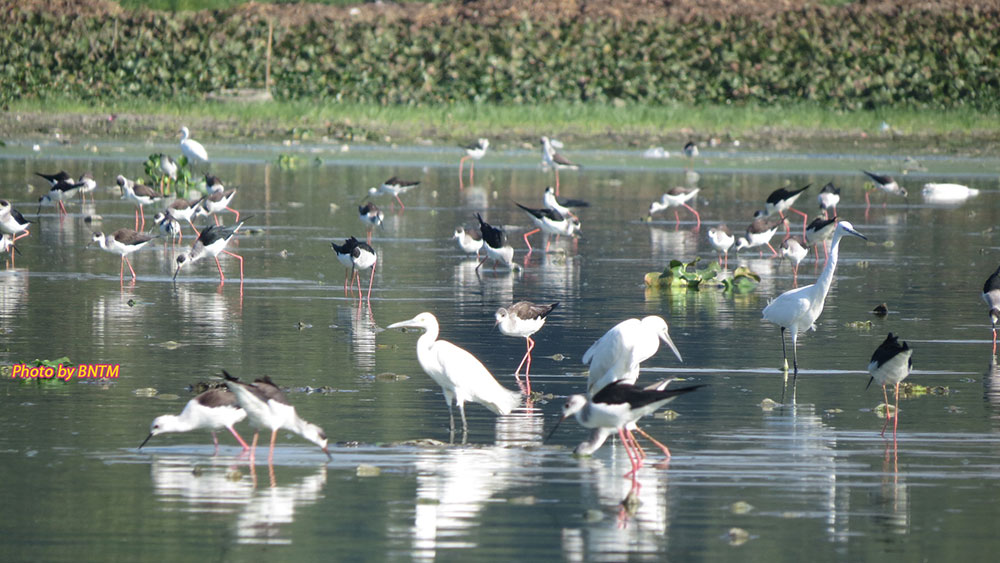Highlight Tours

About Us
Mingalarbar! Auspiciousness to you all!
Bird watching is the way of outlet for those who absorb their mind in job in the concrete jungle and who love to see the intact nature. Here, Myanmar is one of the special places for birding among South-east Asia country. So, Bird & Nature Tours Myanmar that was designed especially for people who want to spend their birding in Myanmar. Myanmar has fantastic birds and landscapes, so our company organized by experienced partners who are going to serve to you the most exotic and fascinating birding destination in Myanmar.
Biodiversity in Myanmar
Myanmar is situated at the transition zone between the three bio-geographic regions: in the North, Indochina, the Indian sub-continent; and Eurasia; in the South, Taninthayi forests cover the northern section of the transition between Indochina and Sundaic ecological zones. These transitional zones produce unique and diverse species assemblages. The most intact lowland Sundaic forests are found in Myanmar, along with patchy but regionally significant areas of dry deciduous forest. Birds that migrate on both the Central Asian and East Asian Flyways rest at globally important wetlands in the country. Myanmar contains almost 10% of global turtle and tortoise diversity, including eight endemic species. Some regions and areas are relatively understudied, and surveys are continued to identify new endemic species and range extensions of globally threatened species. Ongoing surveys are also developing a better understanding of the distribution and status of these species.
Ecosystem Diversity
Biodiversity conservation in Myanmar
Environmental conservation has a long history in Myanmar, from religious practices that ban hunting and fishing in sacred areas to traditional cultivation systems that protect riparian and watershed forests. In the 1800s, multiple Kings issued royal decrees protecting animal life. Starting in 1918, hunting was banned in some areas out of concern about declining wildlife populations. Modern conservation efforts are rooted in the early 1980s. Between 1981 and 1984, the Nature Conservation National Park Project (NCNPP) was launched and jointly implemented by the UN Development Programme (UNDP) and the government. During the NCNPP, the Ministry of Environmental Conservation and Forestry (MOECAF) established the Nature and Wildlife Conservation Division (NWCD), which is responsible for nature conservation and protected areas (PAs). Since then, several additional PAs have been established and expanded. Until 1996 PAs covered less than 1% of total land, ranging in size from 0.47 km2 to 2,150 km2. Starting in the mid-1990s, establishment of PAs shifted from a focus on protection of selected species and habitats to protection of entire landscapes and ecosystems. Fifteen new PAs were added between 1996 and 2014, bringing the total area of Myanmar's PAs to more than 38,000 km2.
Bird & Nature Tours Myanmar contributes the conservation works to_ Mayanmar Bird & Nature Society (MBNS), Biodiversity and Nature Conservation Association (BANCA), Myanmar Biodiversity and Conversation Society (MBCS).
